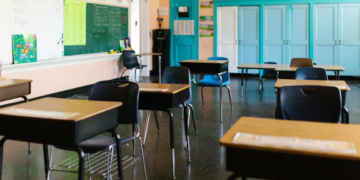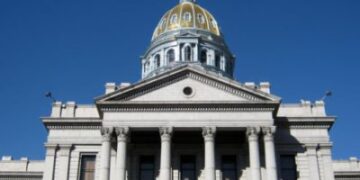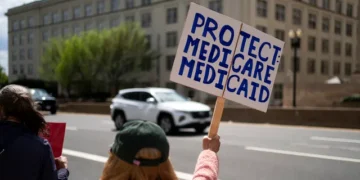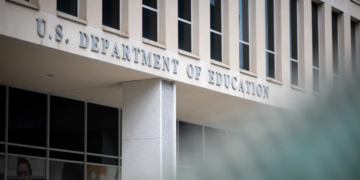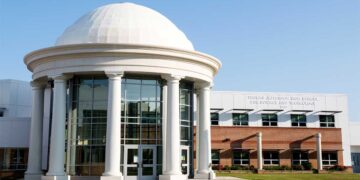Nov 16, 2024 Story by: Editor
Colonial Williamsburg is nearing the end of its extensive restoration of the Williamsburg Bray School, recognized as the oldest surviving schoolhouse for Black children in the United States. Established in 1760 by the Associates of Dr. Bray, a British Anglican charity, the school aimed to teach enslaved and free Black children to read, though its curriculum was designed to reinforce religious submission to slavery. However, for the hundreds of children who attended, literacy became a gateway to opportunities beyond the societal roles imposed on them.
The school’s rededication on November 1 marked a significant milestone, with public tours scheduled to commence this spring. Situated on Colonial Williamsburg’s grounds in collaboration with William & Mary’s Bray School Lab, the restored building serves as a testament to both oppression and resilience in early American history. Smithsonian Secretary Lonnie G. Bunch III, the event’s keynote speaker, highlighted the school’s historical importance, stating it holds “extraordinary potential” to illustrate how the aspirations of a few shaped broader societal values.
In 2020, dendrochronology—a technique using tree-ring analysis—confirmed that the structure was built between late 1759 and early 1760. This discovery made the Bray School the 89th original building identified in Williamsburg’s Historic Area, as announced by Matt Webster, Colonial Williamsburg’s director of architectural preservation.
Research has identified over 80 former students who attended the Bray School in the 1760s. Among them was Isaac Bee, who later emancipated himself. An advertisement in the Virginia Gazette described Bee as someone who “can read,” a trait that made him a target for recapture. Other students included Aberdeen, Bristol, and Phoebe, children aged 5, 7, and 3, who were taught by Ann Wager, the school’s sole teacher. Wager instructed over 300 Black children in reading, Christianity, and obedience. Despite the curriculum’s pro-slavery stance, many students resisted by sharing literacy within their communities.
“It’s a story of resilience and resistance,” said Maureen Elgersman Lee, director of the Bray School Lab, in an interview with the Associated Press. “The Bray School’s teachings may have been rooted in pro-slavery ideology, but education had a way of empowering these children.” Lee’s team continues to trace descendants, including members of the Jones and Ashby families. Janice Canaday, Colonial Williamsburg’s African American community engagement manager and a descendant of former students Elisha and Mary Jones, shared, “To know what your family has come through—that’s where your power is.”
At a time when educating Black people was largely forbidden in the colonies, the Bray School was an anomaly. While Virginia enacted anti-literacy laws in the 19th century, evidence suggests that Bray students shared their knowledge with others, enabling literacy as a subtle form of resistance. Jody Allen, director of the Lemon Project, noted that such acts likely empowered entire communities.
Preservation efforts for the Bray School have been meticulous, with nearly 75% of the original structure intact. Restoration has focused on historically accurate wooden sills and brickwork. Matt Webster remarked that the restored schoolhouse will anchor research into the intersections of race, religion, and education, shedding light on often-overlooked aspects of American history. “This is an incredibly important opportunity both to understand the Bray School and to understand Williamsburg in the 18th century,” he said.
Originally recommended by Benjamin Franklin as a site for Black education, the Bray School also highlights the contributions of early Black educators in Virginia. According to William & Mary Professor Emeritus Terry Meyers, the institution likely fostered the first Black teachers in the state.
Colonial Williamsburg President Cliff Fleet emphasized the importance of the school’s story, and William & Mary President Katherine Rowe described the restored building as a “living testament to the resilience and strength of the Black students who defied their roles by embracing literacy.”
As the Bray School reopens to the public, ongoing research by scholars and descendants will continue to uncover its impact on Black education and American history. “This project honors not just the children who learned here, but their courage to transcend the limitations set before them,” Bunch concluded. “A resilience that endures in the story of our nation.” Source: The Observer



